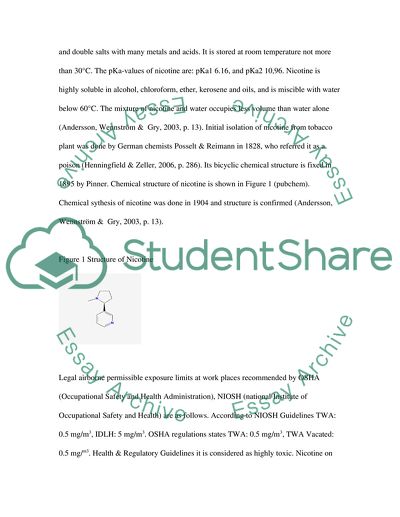Cite this document
(“Nicotine Essay Example | Topics and Well Written Essays - 1500 words”, n.d.)
Retrieved from https://studentshare.org/miscellaneous/1555385-nicotine
Retrieved from https://studentshare.org/miscellaneous/1555385-nicotine
(Nicotine Essay Example | Topics and Well Written Essays - 1500 Words)
https://studentshare.org/miscellaneous/1555385-nicotine.
https://studentshare.org/miscellaneous/1555385-nicotine.
“Nicotine Essay Example | Topics and Well Written Essays - 1500 Words”, n.d. https://studentshare.org/miscellaneous/1555385-nicotine.


